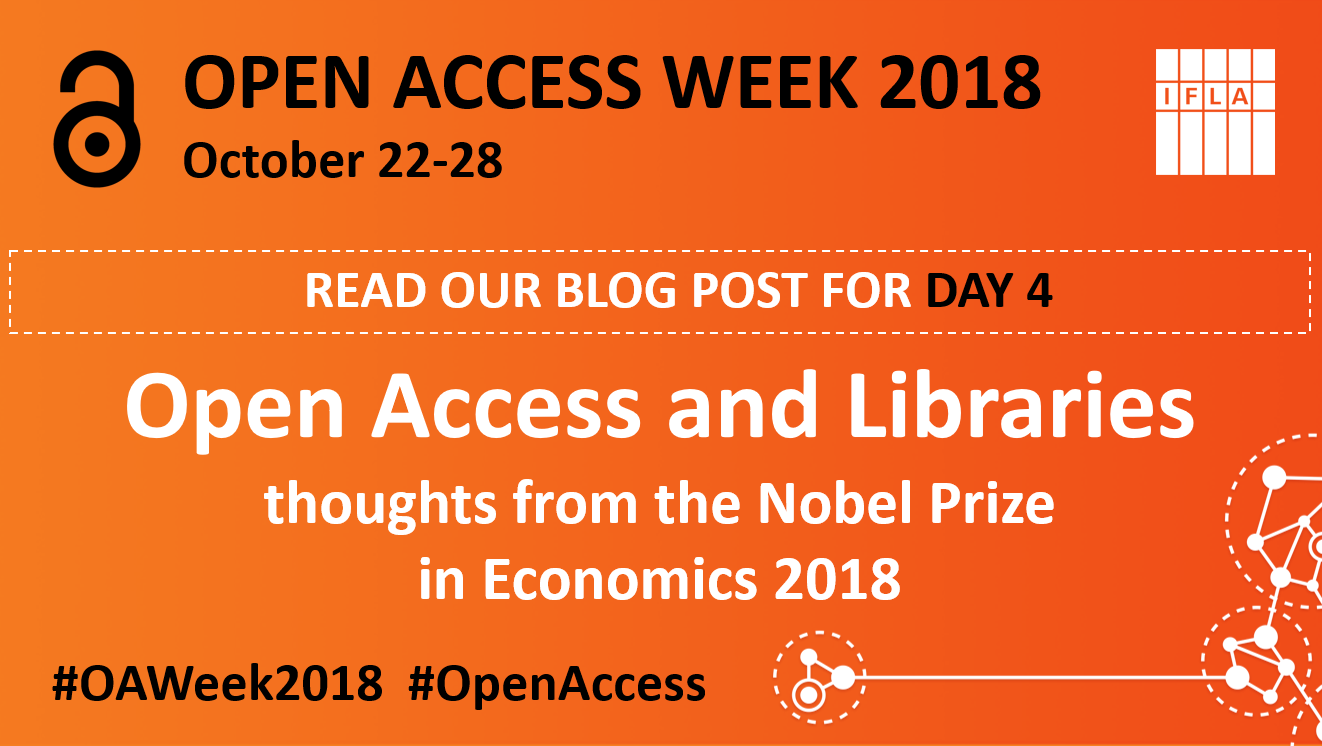International Open Access Week is upon us!
The theme of 2023 is Community over Commercialization. Libraries are places of community, and – as has been meme’d online, possibly tracing back to Neil Gaiman – are one of the few public spaces people can visit without being expected to buy something. ‘The default setting of libraries is open’ is another oft-repeated phrase. We are a place where people can come to access information, without charge.
Open Access builds on the ideals of the library to address more specific issues of community and commerce. It is rooted in part in the logic that publicly funded research has already been paid for by the public, and should not be paywalled by private companies. This is evident in, for example, the US’ 2022 policy update that all federally-funded research should be released OA. It also creates research publication and access opportunities globally, supporting researchers and the public to be engaged, contributing members of the scientific community. OA makes steps toward a world where scholars aren’t limited by their institutions’ resources and prestige.
As I wrote after attending Eurasian Academic Libraries Conference (EALC), in Astana, Kazakhstan.
”Hearing speakers from around Central Asia enthusiastically and the world discuss OA, repository development, and other related ongoing projects, it felt like I had entered a space where OA and related policies were the norm and traditional publishing modes were the alternative. It clearly showed the vitality and utility of OA.”
IFLA offers a variety of resources on OA, including our advocacy-oriented 2022 statement in support of Open Access and 576-page guide to copyright for libraries (published open, of course). IFLA is in the process of formalizing its OA working group into an advisory committee, which will provide dedicated support to Open topics.
Among the IFLA units and sections with an interest in OA, the Copyright & other Legal Matters (CLM) committee addresses the legal, contractual, and publishing aspects of OA, while the Freedom of Access to Information and Freedom of Expression (FAIFE) committee supports OA’s role in furthering human rights and information equity.
IFLA’s Academic and Research Libraries (ARL) section hosted a 2023 WLIC satellite conference with the theme of “Inclusiveness through Openness”, emphasizing OA’s value in “equitable participation in the global research and scholarly communication system.”
At the conference, I was interested to hear about the work on OA being done around the world, including by services like the Directory of Open Access Journals (DOAJ) in addressing journal discoverability and curation.
OA – and libraries – help us build community, and IFLA celebrates OA this week and beyond.
So what can you do? For one, read and publish OA! Part of my goals before OA Week 2024 are to clear some half-finished publications off my own desk, and dig more into UCL Press’ OA catalogue (for example). Look to IFLA’s 2022 OA Statement an advocate for OA, and help build infrastructure and alliances! And watch for developments from IFLA, including our upcoming OA vocabulary sheet scheduled for publication before year’s end.
Matt Voigts
IFLA Copyright & OA Policy Officer

![By Petr Knoth and Nancy Pontika [CC BY 3.0 (https://creativecommons.org/licenses/by/3.0)], via Wikimedia Commons](https://blogs.ifla.org/lpa/files/2018/10/Os_taxonomy-300x165.png)
